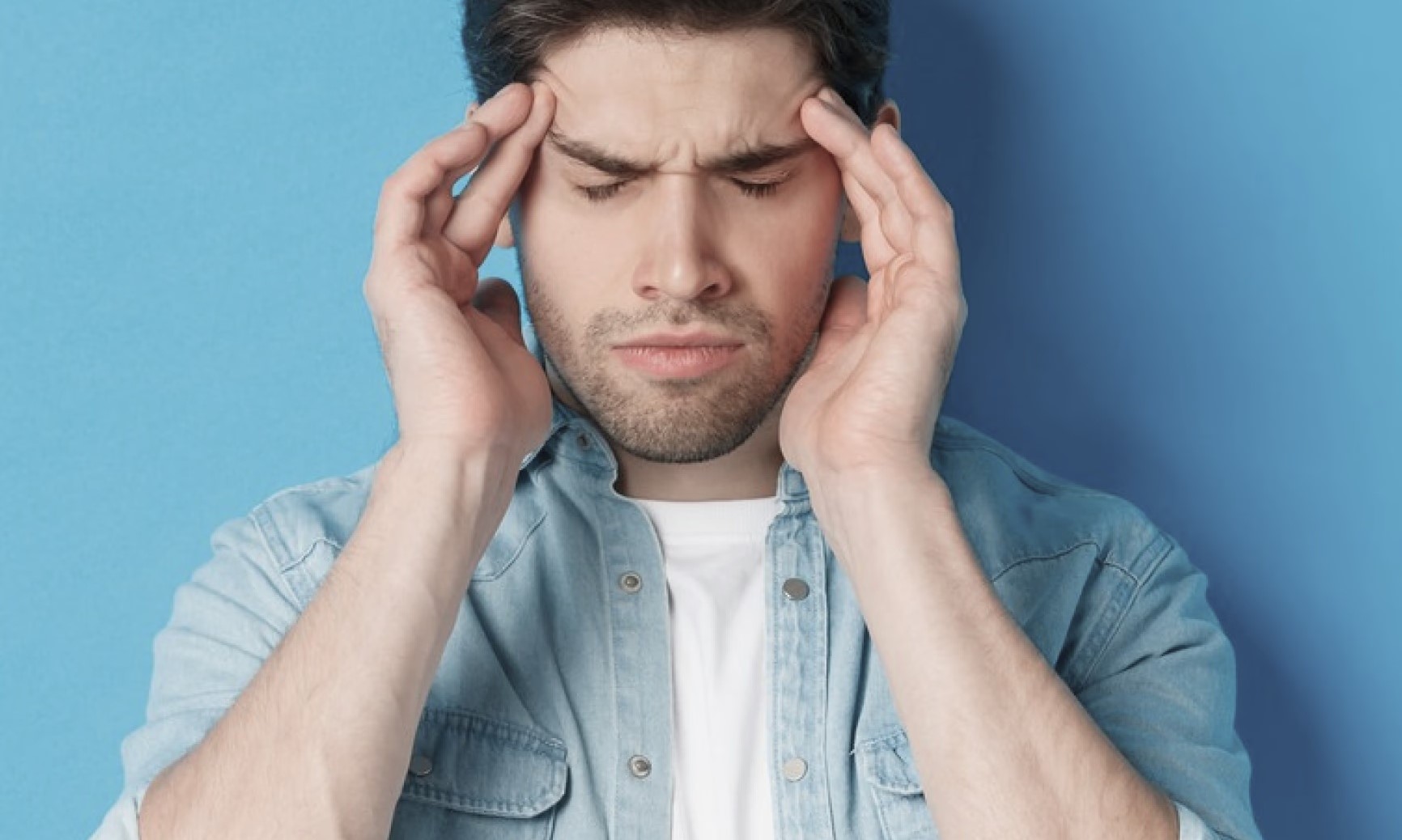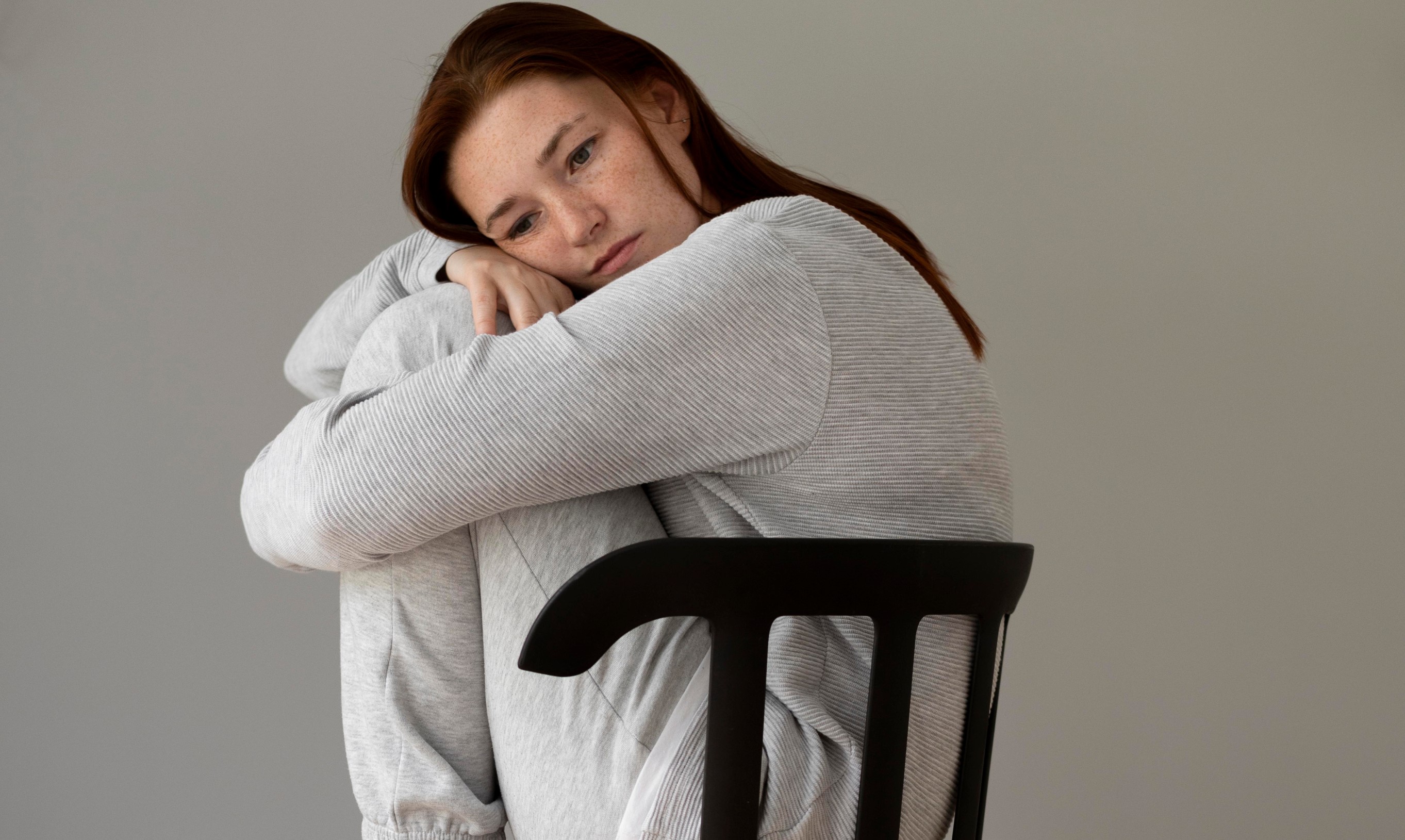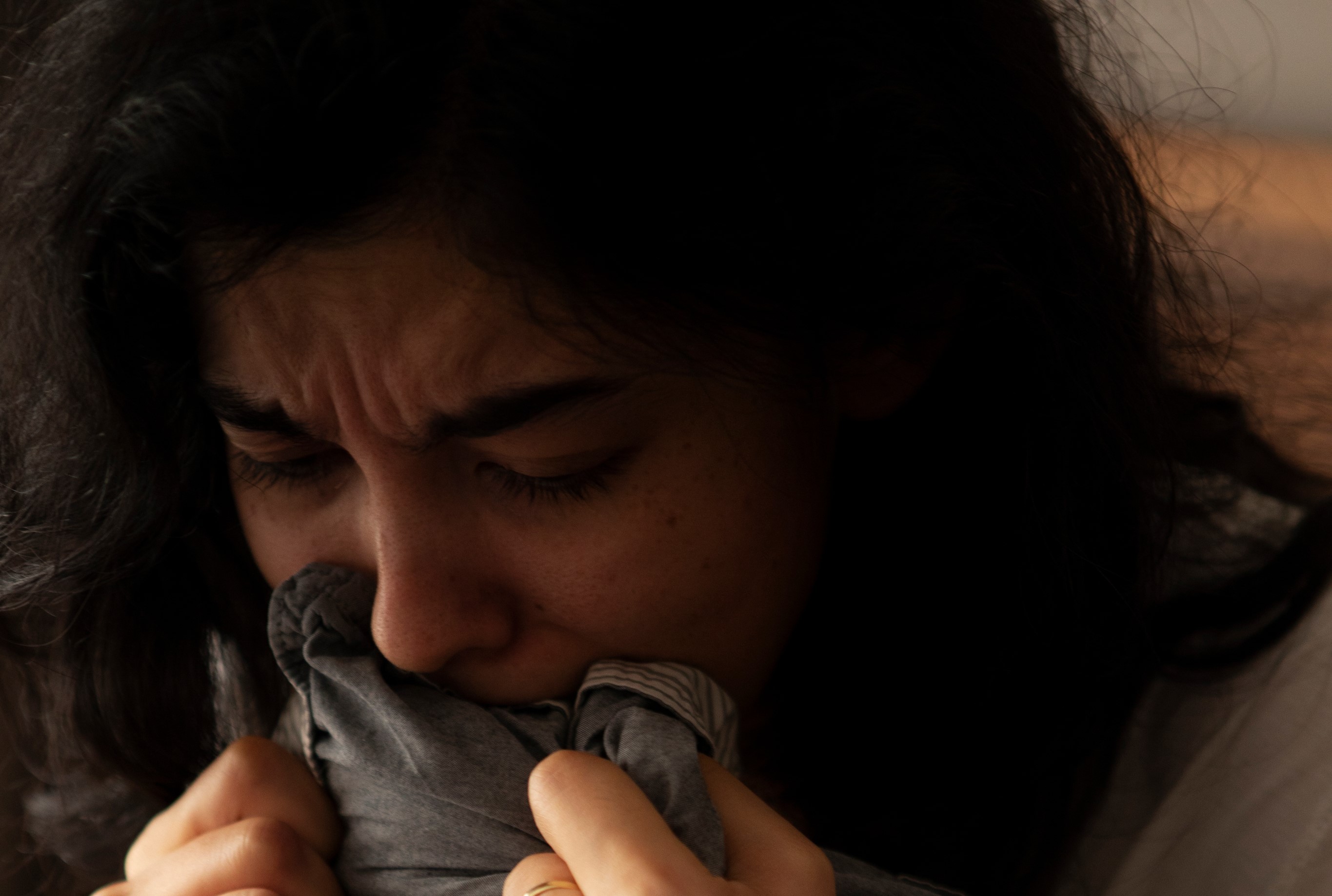
An in-depth exploration of anxiety covering the types, how it works and effectiveness.
Anxiety doesn’t always show up as panic. It often appears as constant overthinking, avoidance of people, or waking up with dread for no apparent reason. Anxiety disorders affect more than 301 million people worldwide, according to the World Health Organization 2022, making them the most common mental health condition globally.
Understanding what anxiety is, what it isn’t, and how to manage it makes a real difference in how you feel and function. Whether you’re seeking clarity, support, or solutions, you’re already taking a powerful first step just by being here.
What Is Anxiety?
Anxiety is a natural response to stress, worry, or perceived danger. It’s the body’s way of staying alert, preparing for potential threats by triggering a “fight-or-flight” reaction. While occasional anxiety is normal, persistent and excessive fear signals an anxiety disorder.
In clinical terms, anxiety involves ongoing emotional, physical, and behavioral symptoms that interfere with daily functioning. These include rapid heartbeat, racing thoughts, muscle tension, and avoidance behavior.
Left unaddressed, chronic anxiety impacts your relationships, sleep, concentration, and overall mental health. According to the National Institute of Mental Health (NIMH, 2023), an estimated 31.1% of U.S. adults experience any anxiety disorder at some point in their lives. That’s nearly one in three people, showing how widespread, yet misunderstood, this issue is.
What Are the Different Types of Anxiety Disorders?
The different types of anxiety disorders are generalized anxiety disorder, social anxiety disorder, panic disorder, phobias, obsessive-compulsive disorder (OCD), and post-traumatic stress disorder (PTSD). Each one affects how you think, feel, and respond to situations, but all of them are managed with the right mental health treatment.
The different types of anxiety disorders include the following:
- Generalized Anxiety Disorder (GAD): This type involves constant, excessive worry about everyday things, like work, health, or relationships. The anxiety is hard to control and lasts for months, even when there’s no clear cause. People with GAD feel restless, irritable, and physically tense most of the time.
- Panic Disorder: This involves sudden, intense episodes of fear known as panic attacks. These attacks come without warning and include symptoms like chest pain, dizziness, rapid heartbeat, and the fear of losing control. Many people with panic disorder begin avoiding places or situations where they’ve had previous attacks.
- Social Anxiety Disorder: Also called social phobia, this disorder is more than just shyness. It causes intense fear of being judged, embarrassed, or rejected in social or performance situations. This fear interferes with daily activities like going to work, school, or even ordering food in public.
- Specific Phobias: These are extreme, irrational fears of particular objects or situations, like heights, flying, or spiders. The fear is out of proportion to the actual danger and leads to avoidance behavior. Even thinking about the phobia triggers anxiety symptoms.
- Obsessive-Compulsive Disorder (OCD): OCD involves unwanted, intrusive thoughts (obsessions) and repetitive behaviors or mental acts (compulsions) aimed at reducing anxiety. These rituals become so time-consuming that they interfere with daily functioning. For example, someone might wash their hands dozens of times a day to cope with a fear of germs.
- Post-Traumatic Stress Disorder (PTSD): PTSD develops after a person experiences or witnesses a traumatic event, such as an accident, assault, or natural disaster. It causes flashbacks, nightmares, severe anxiety, and emotional numbness. Symptoms often persist for months or even years after the trauma.
- Separation Anxiety Disorder: Although common in children, this disorder also affects adults. It involves excessive fear or anxiety about being apart from loved ones or home. The distress goes beyond what’s appropriate for the person’s age and affects their ability to function normally.
What Is Anxiety Management?
Anxiety management refers to the strategies, habits, and professional treatments used to reduce anxiety symptoms and regain a sense of calm. It doesn’t mean pretending anxiety isn’t there; it means learning how to face it without letting it control your life.
For some people, managing anxiety involves structured therapy like Cognitive Behavioral Therapy (CBT), which helps reframe negative thought patterns. For others, it may be about building healthier routines, practicing mindfulness, or using anxiety medication under the guidance of a professional. The goal isn’t perfection, it’s progress, one step at a time.
What Are the Techniques for Managing Anxiety?
The techniques for managing anxiety include cognitive behavioral therapy, meditation, exercise, and breathing techniques. There’s no one-size-fits-all approach to anxiety treatment. But there are proven techniques that help you feel more in control, both in the moment and over time.
Here are some of the most effective ways to manage anxiety:
- Cognitive Behavioral Therapy (CBT): CBT is a structured, short-term form of talk therapy that helps you identify and change negative thought patterns. It teaches you to reframe your anxious thoughts into more balanced, realistic ones.
- Mindfulness and Meditation: These practices teach you to stay present and grounded, instead of spiraling into “what if” thinking. Simple breathing exercises or guided meditations calm your nervous system and lower stress levels.
- Physical Activity and Exercise: Regular movement boosts feel-good brain chemicals like serotonin and endorphins, which naturally lower anxiety. Whether it’s a brisk walk, yoga, or dancing in your room, moving your body helps release tension.
- Healthy Sleep Habits: Poor sleep and anxiety are closely linked, creating a cycle that’s hard to break. Prioritizing rest by keeping a regular sleep schedule, avoiding screens before bed, and creating a calm bedtime routine makes a big difference.
- Breathing and Grounding Techniques: Deep breathing activates the body’s relaxation response, helping you feel calmer within minutes. Grounding techniques like the “5-4-3-2-1” method bring your focus back to the present moment.
- Limiting Stimulants (Like Caffeine): While your morning coffee might feel like a necessity, too much caffeine can mimic and intensify anxiety symptoms. Cutting back or switching to non-caffeinated alternatives reduces racing thoughts and heart palpitations.
- Journaling: Writing down your thoughts helps you get them out of your head and onto paper. It reveals patterns, provides emotional clarity, and even calms the mind.
Is Managing Anxiety the Same as Curing It?
No, managing anxiety is not the same as curing it. While some people do experience full recovery, for many, anxiety is something they learn to live with and manage effectively over time.
With therapy, lifestyle changes, and possibly medication for anxiety, many people see their symptoms significantly reduced, or even barely noticeable. The goal isn’t to be “anxiety-free.” It’s to build a life that feels stable, healthy, and peaceful, even when anxiety shows up.
How Long Does it Take to Manage Anxiety?
There’s no exact timeline for how long it takes to manage anxiety, because everyone’s journey is different. It depends on the type of anxiety disorder, how long you’ve been dealing with it, and what kinds of treatment or support you’re using.
Some people start noticing improvements within a few weeks of therapy or lifestyle changes, especially with structured approaches like CBT. For others, it takes several months or longer to stabilize and build coping habits that stick fully. What matters most is consistency and patience, because progress might be slow, but it’s still progress.
How Effective Is Anxiety Management?
Anxiety management is highly effective, especially when treatment is personalized and consistent. While there’s no universal cure, many people experience a dramatic improvement in their symptoms and quality of life through a combination of therapy, medication, and lifestyle changes.
According to the Anxiety and Depression Association of America (ADAA), up to 60% of people with anxiety disorders see significant improvement with professional treatment, particularly Cognitive Behavioral Therapy (ADAA, 2023).
When therapy is combined with medications like SSRIs, effectiveness increases even more. Techniques such as mindfulness and exercise also enhance long-term outcomes, particularly when practiced regularly.
What are Medications for Managing Anxiety?
Medications for managing anxiety include SSRIs, SNRIs, benzodiazepines, beta-blockers, and buspirone. Medication management doesn’t cure anxiety, but they reduce symptoms enough for you to feel more balanced and receptive to therapy or other lifestyle changes.
- Selective Serotonin Reuptake Inhibitors (SSRIs): Common SSRIs like sertraline (Zoloft) and escitalopram (Lexapro) are first-line treatments for many anxiety disorders. They work by increasing serotonin levels in the brain, which helps improve mood and reduce anxiety over time.
- Serotonin-Norepinephrine Reuptake Inhibitors (SNRIs): Medications like venlafaxine (Effexor XR) and duloxetine (Cymbalta) target both serotonin and norepinephrine levels. They’re often used when SSRIs aren’t effective or when someone also experiences chronic pain.
- Benzodiazepines: Drugs like alprazolam (Xanax) or lorazepam (Ativan) provide fast relief for acute anxiety or panic attacks. They act as sedatives but also lead to dependence if used long-term. D
- Beta-Blockers: These medications, like propranolol, are usually used for heart conditions but help control physical symptoms of anxiety, such as a racing heart or shaking hands.
- Buspirone: This anti-anxiety medication is non-addictive and generally used for generalized anxiety disorder. It works differently from benzodiazepines and takes time to build effectiveness. While it’s less sedating, it is a good option for long-term anxiety management.
Who Can Help Me Manage My Anxiety Effectively?
People who can help manage your anxiety effectively include therapists, counselors, psychologists, and psychiatrists. Therapists and licensed clinical social workers can guide you through talk therapy, including methods like CBT, exposure therapy, and acceptance and commitment therapy (ACT).
Psychologists are skilled at diagnosing anxiety disorders and providing in-depth therapy, especially for complex or long-standing cases. If your anxiety is more severe or isn’t responding to treatment alone, a psychiatrist can help by prescribing and monitoring anxiety medication.
Can Anxiety be Controlled Without Medication?
Yes, anxiety can be controlled without medication in many cases. Plenty of people manage their anxiety effectively using therapy, lifestyle changes, and natural coping techniques alone. Strategies like Cognitive Behavioral Therapy, mindfulness, regular exercise, and building a strong social support system can significantly reduce symptoms, especially for mild to moderate anxiety.
When Should I Seek Professional Help for Anxiety?
You should seek professional help for anxiety when it begins to interfere with your daily life, relationships, or overall well-being. Another key moment to seek anxiety treatment is when your usual coping methods stop working. Or perhaps you’re having physical symptoms like chest tightness, nausea, or panic attacks and don’t know why.
Where Can I Get Help for Anxiety?
You can get help for anxiety at mental health clinics, hospitals, private therapy practices, community centers, and online platforms. The key is choosing a path that fits your comfort level, lifestyle, and the severity of your symptoms.
Places you can get help for anxiety include:
- Mental health clinics: These centers offer specialized services for anxiety and other mental health conditions. Many have a team that includes therapists, psychiatrists, and case managers who work together to support your recovery.
- Hospitals and primary care offices: If you’re not sure where to start, your doctor can refer you to a mental health professional or provide initial treatment.
- Private therapy practices: Licensed counselors, psychologists, and social workers offer one-on-one or group therapy in person or virtually. You can find a therapist through insurance directories or platforms like Psychology Today.
- Community health centers: These offer low-cost or sliding-scale therapy, especially helpful if you’re uninsured or on a budget. Some also provide workshops and support groups focused on managing anxiety.
- Online therapy platforms: Tele services connect you with licensed professionals through chat, phone, or video. This is a great option if you prefer privacy, flexible scheduling, or live in a rural area.
How Can I Tell if My Anxiety Is Getting Better?
You can tell if your anxiety is getting better when your symptoms become less intense, less frequent, or easier to manage. You find that you’re sleeping better, handling stress without feeling overwhelmed, or no longer avoiding situations that used to trigger fear.
Physical symptoms, like tightness in your chest or rapid heartbeat, lessen, and your mind feels less cluttered by constant worry. You also notice you’re spending more time doing things you enjoy, or that you’re better able to pause and respond instead of reacting impulsively.
What Is the Best Way to Manage Anxiety Naturally?
The best way to manage anxiety naturally is through a combination of lifestyle changes, stress-reduction techniques, and consistent self-care. While medication helps some people, many find lasting relief through natural, everyday practices that support mental and emotional balance.
Start with regular exercise, add in mindfulness practices like deep breathing or meditation, which calm your nervous system and bring you back to the present. Make sleep a priority, reduce stimulants like caffeine, and stay connected to supportive people who make you feel safe and understood.





